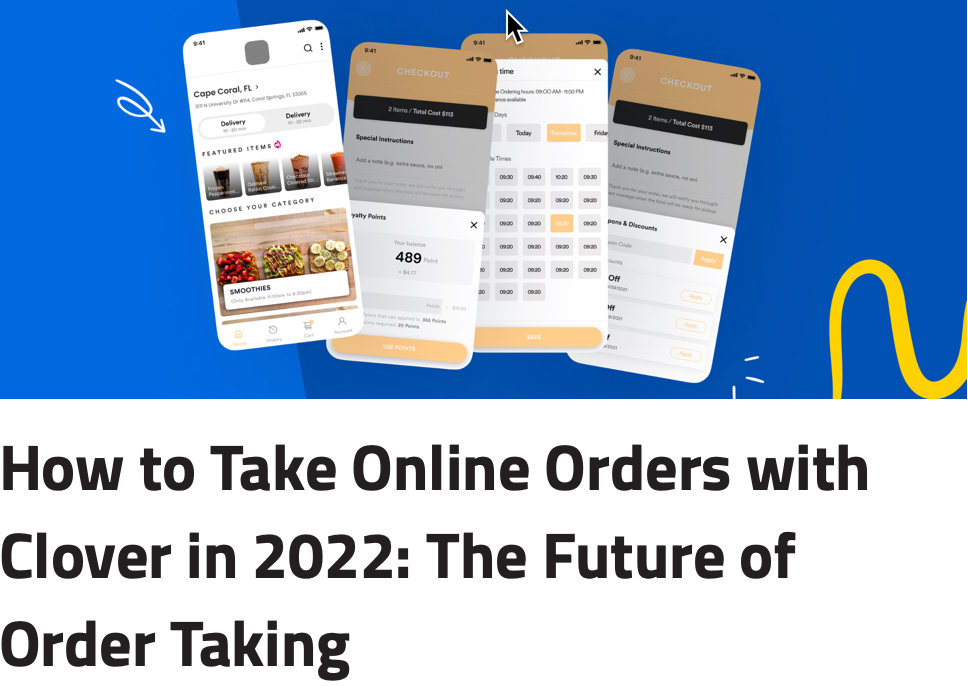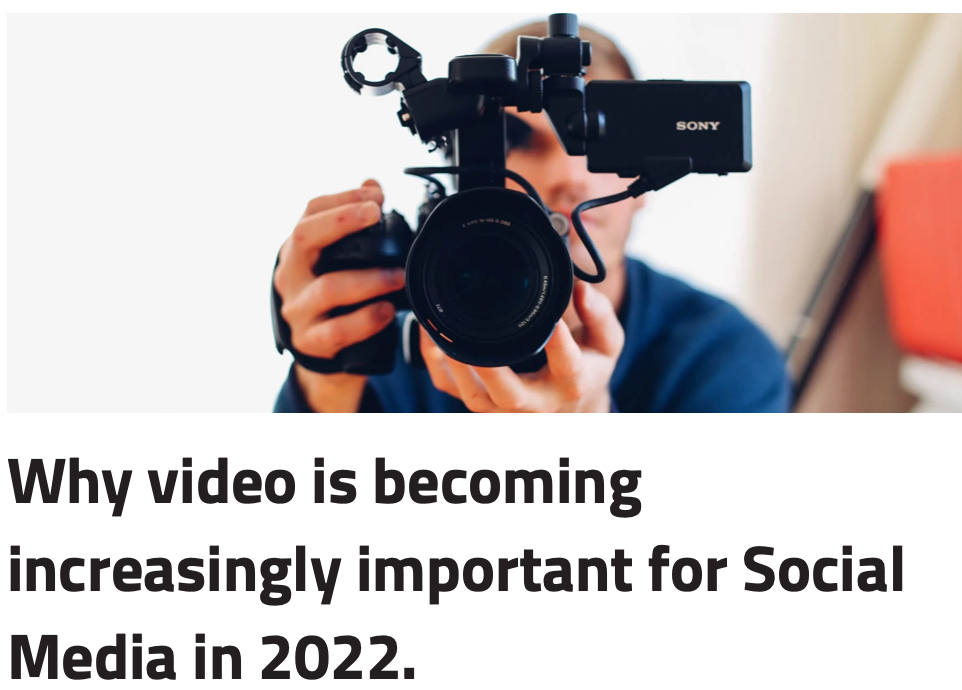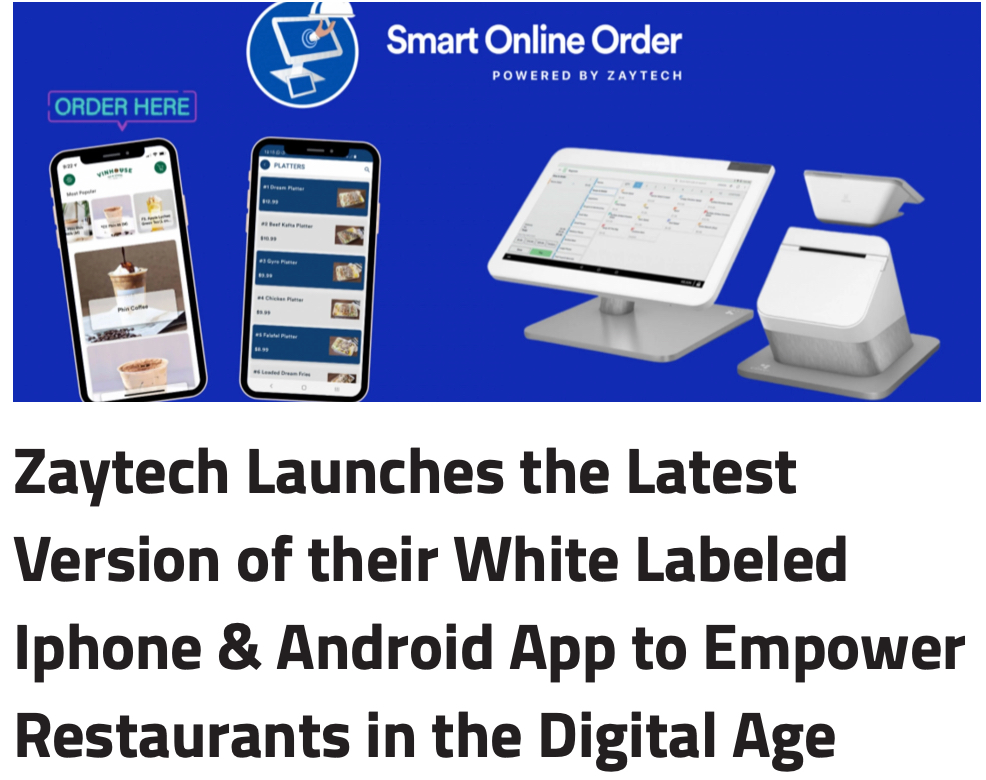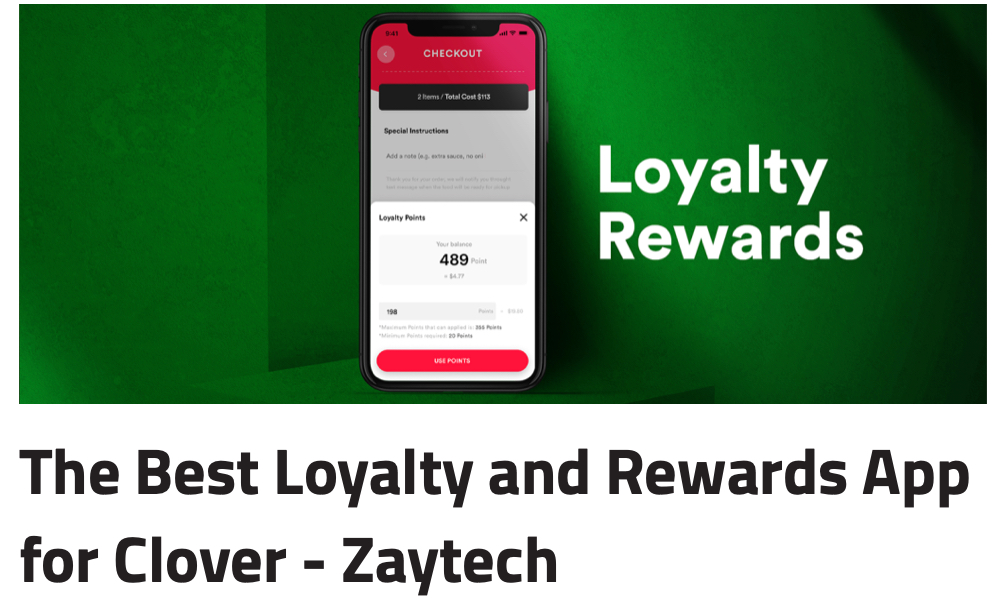Many companies today are searching for growth. Some managers turn towards geographic expansion as the first line of extension while other managers turn towards acquisition. While there are many ways for a company to expand, it is critical for the company to first put itself in the customer’s shoes. Understanding the customer experience will allow the company to fine tune its growth strategy to ensure the best results. A growth strategy involves more than just envisioning long term success, it requires concrete planning, market analysis, trade-offs, diversification, and understanding what it can do to set it apart from the competition.

Many companies take little consideration to study and understand its customer’s needs. When they wish to expand, or initiate a growth strategy, the first thing managers suggest is geographic expansion. They fail to realize that there are ways of expanding sales within the confines of their current geography. We will dive deep and compare companies that have become successful by offering trade-offs without resorting to physical expansion. We will also look into companies that relied on physical expansion, but failed because they made compromises with their customers. Compromises are concessions that customers are forced to make. Another way of understanding compromises is to understand the limited choice customers are able to make. Comprise is a way for an industry to say, “It is our way or the highway”. Customers assume that this is the only viable option and they must follow the company’s rules; they accept the compromise as the way the business works. A trade-off on the other hand is when a company begins to understand the customers’ needs and offers additional services.
How can companies emerge from stagnant growth patterns into rapidly growing industries? What do senior managers from rapidly growing companies have in common when they are able to expand their existing industries and reach untapped potential. We will look into the example of some companies that have made significant growth while their competition has remained stagnant. While most hotel’s business operations does not allow for early check-in before 4pm; senior executives that was not tainted with hotel industries norms were able to attract additional customers into a market where customers were forced to compromise. This type of compromise occurs because the hotel industry imposed its own constraints on customers, leaving them no choice. Customers then began to accept that this is normal business operations. When a segment of an existing industry disrupts business norms they are able to expand, attract new customers and win over customers from competition. Compromises such as check in times creeps into business in various ways. Often as a result from lackluster management without access to conscious decisions. These compromises occur because companies have lost touch with the customers’ needs (Stalk, 2008)

Henry Ford’s famous car was once sold on the market as choose any color as long as it is black. Such compromise denied customers from being able to choose additional colors. When emerging competition came onto the scene, they recognized that customers’ needs were not met. Competing car companies began offering customer a wide array of color choices. This proved challenging for Henry Ford as he began to experience lost revenue when customers were being given a trade-off to purchase car with color options. Today’s car buying experience has dramatically evolved allowing customers to purchase any color of their liking.Breaking the limited color compromise allowed greater economies of scale and persuaded the car business to exponentially grow. Often, when a segment wide compromise imposed on consumers is broken, fundamental changes begin to take shape; resulting in dramatic shifts amongst competitors. (Stalk, 2008).
When compromise breakers find themselves competing against companies that are more established, they are forced to look elsewhere for opportunities to grow. This was the case with the used-car business. The attitude towards the used car business had not changed much since the late 90’s. Annual sales had reached 200 billion, making it the 3rd largest consumer category after food and clothing. In fact, there was more sales of used cars than of new cars (Stalk, 2008). As the quality of used cars had risen, a need had established to enhance the car buying experience. For decades, consumers would have to purchase used cards from classified ads and pushy used car lots. As customers took notice when the price of a new car plummeted by an average of 28% moments after its purchase, they resorted to used cars. Car Max took note and began establishing a business model that would make purchasing used cars as a no haggle effortless experience. Compromises once placed on the used car market such only allowing cash purchases, haggle pricing, and the dread of purchasing a lemon was all lifted. Car Max provided a technique where the entire used car purchasing experiencing could be completed under one roof. It offered customers a no questions asked 7 day return policy, haggle free pricing, and affordable monthly payments. Car Max delivers a comfortable experience by selling not just offering variety but also convenience. It also promises that you will be in and out in about 90 minutes with a car.
Growth strategies built around the idea of breaking compromises are neither new nor limited to a few particular industries (Stalk, 2008). A good example is that of a financial industry company called Charles Schwab. Schwab began as a discount brokerage in 1975 when the U.S equity market were de-regulated and price competition on stock-trading commissions was introduced. Traditional stock brokers followed normal procedures and was imposing compromises when customers tried to opt for lower price (Stalk, 2008). Schwab took on the high cost investment firms by offering low cost options. It invested heavily in technology to allows customers to invest through its platform. It automated phone trading and eventually electronic trading directly from the customer’s personal computer. In the early 1990’s when most consumers wanting to buy mutual funds had to resort to choosing different fund companies because diversification was not easily accomplished with a single family of funds. Investors became frustrated as the financial industry didn’t meet their needs. Schwab noticed the frustration that investors had to face by dealing with multiple statements, rules and different sales representatives. Schwab invented a platform called OneSource, a single point of purchase for more than 350 no-load mutual funds in 50 different fund families (Stalk, 2008). One source gave customers a single point of purchase with one account and one monthly statement. There are no transaction fees with OneSource so customers can easily shift their money among different family of funds without any charge.
OneSource grew to include 500 mutual funds driving Schwab’s mutual assets from 6 billion to 60 billion in a span of less than 10 years (Stalk, 2008). Schwab’s experience illustrates that the pursuit of breaking compromises can be a source of continued growth. Schwab didn’t just stop there, after breaking one compromise they began to look for additional compromises. They did a market analyses and noticed that some customers were hesitant to invest their money electronically with a computer. To remove such hesitation and to build customer trust, they opened their first physical office in Sacramento, Ca. One year later, Schwab noticed a very interesting trend, the town in which they had a physical office had more customers than other cities around the country. In the brokerage business it was common knowledge that customers often called back again and again to ensure their trade had gone through. Schwab took this customer feedback and invested heavily in additional physical locations. They also implemented an immediate feedback system where customers would be immediately notified and ensured that their order was successful.

Over time companies tend to drift toward providing products and services for a specific segment or group of people. Such companies are reluctant to abandon the approach of averaging costs across all customers because they believe abandoning it will reduce their profit. However, recent history has suggested that if managers don’t separate out business needs of corporate accounts and business needs of the general masses, then there will be lurking competition that will take that niche market. In Schwab’s case the idea of creating offices came out as an anomaly. Charles Schwab’s uncle after performing market research decided to open an office in Sacramento. At the time, other brokerage firms did not operate from local offices and customers felt that this option could not be made available. Schwab broke away from the norm and discovered that retail sales offices had important advantages that re-assured walk-in customers. The offices provided a sense of solidity and source of customer leads though walk in traffic. Schwab had discovered that even in the high-tech age, customers like knowing that there is an office down the street to comfort their needs (Stalk, 2008).
The common wisdom for growth after understanding customers’ needs and offering additional products and services would be to making acquisitions work. Making acquisitions work is not easy. It requires a bold strategy and a dedicated leader to take the company through every stage of the purchase. The company must insist on operating on innovative operating strategies. It must seek out those employees that is willing to set the pace for change and innovation. One of its main priorities and objectives after an acquisition is to invigorate and innovate the company. The company must be willing to replace employees with specialists who are trained with forward thinking and understands the companies mission statement. The most important aspect of deciding to pursue an acquisition is to ensure that there is a competent leader. If the company doesn’t yet have a leader, it must make effort to find a leader within the company it plans to acquire. Once a leader is found, the company should offer big incentives to the executive based on performance bonus.
Managers or leaders are more committed to doing the difficult work of restructuring, growing and fixing an acquisition when they some of their net worth is on the line. (Stalk, 2008). Incentives are important as it motivates and encourages executives to perform their best and possibly work additional hours to ensure the company is making consistent growth. There also needs to be compensation linked to cash flow. Besides just issuing equity upfront, successful acquirers should motivate executives with carefully designed compensation schemes tied to changes in cash flow.
Another very important means of propelling the acquisition forward it to create pressure towards change. Companies need a plan for the next two three months of what they should complete. A hundred-day plan would be most ideal as it creates a sense of urgency. This will help sharpen priorities, create disciplined managers, and forces alignment towards the company’s culture. During this 100-day plan towards a push for change, the company should foster dynamic relations among owners, managers, and the board. Rather than erect a multilayer, bureaucratic structure, the company should create flat organizations, each led by an executive with a high degree of authority. (Stalk, 2008)
Works Cited
Stalk, G. (2008). Strategies for Growth. Boston, MA, USA: Harvard Business School Press.





0 Comments